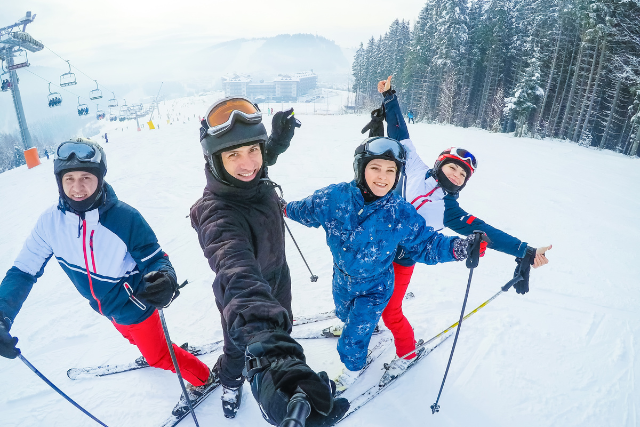Are you a winter enthusiast with a passion for skiing or snowboarding? Dreaming of spending your days surrounded by breathtaking snow-covered mountains? If so, working a ski season in Canada might be the perfect opportunity for you! Canada boasts some of the world’s most famous ski resorts, and there’s no better way to immerse yourself in the snow-loving culture than by working and living in the heart of the winter wonderland. In this comprehensive guide, we’ll walk you through all you need to know to embrace the powder and make the most of your ski season adventure.
Preparing for Your Ski Season
- Visa and Work Permits: Before embarking on your Canadian ski adventure, ensure you have the necessary visas and work permits. Research the specific requirements based on your country of origin and the duration of your stay.
- Choosing the Right Resort: Canada boasts numerous world-class ski resorts, each offering unique experiences. Research the resorts that align with your skiing abilities, preferences, and the overall atmosphere you seek.
- Gearing Up: Make a checklist of all the skiing gear you’ll need. Invest in quality equipment to ensure safety and comfort throughout the season.

Check out our listing of Ski Jobs in Canada
Landing the Perfect Ski Job
- Begin Your Job Hunt Early: Ski season jobs are in high demand, so start your job search well in advance. Many resorts start hiring for the season as early as the summer months.
- Job Options: There are various job opportunities available at ski resorts, including ski/snowboard instructors, lift operators, hospitality staff, and more. Choose a position that aligns with your skills and interests.
- Resume and Cover Letter: Craft a compelling resume that highlights your relevant experience and passion for skiing. Tailor your cover letter to each application, showcasing your enthusiasm for the specific resort.
Embracing the Ski Season Life
- Work-Life Balance: Working a ski season is undoubtedly fun, but it can also be physically demanding. Find a balance between work and leisure to make the most of your time on and off the slopes.
- Exploring the Terrain: Take advantage of your days off to explore the ski resort’s terrain fully. Discover hidden gems and challenge yourself to try new runs.
- Connecting with Fellow Seasonaires: You won’t be alone during your ski season adventure! Connect with other seasonaires from around the world, share experiences, and build lifelong friendships.
Working a ski season in Canada is an exhilarating experience that allows you to indulge in your passion for winter sports while meeting like-minded individuals from around the globe. From shredding the powdery slopes to enjoying après-ski festivities, your time in Canada will be filled with unforgettable moments. Start your preparations early, secure the perfect ski job, and get ready to embrace a winter wonderland like no other. Your adventure awaits on the snowy peaks of Canada!
FAQs
- Is previous skiing/snowboarding experience necessary to work a ski season in Canada?
- While having experience is an advantage, there are job opportunities for beginners as well. Some positions, like hospitality roles, do not require skiing or snowboarding skills.
- What kind of accommodations are available for seasonal workers?
- Many ski resorts offer affordable staff accommodations, often shared with other seasonaires, making it a convenient and social option.
- Can I extend my stay in Canada after the ski season ends?
- Depending on your visa type, you may be able to extend your stay for further exploration or travel. Research the extension options well in advance.
